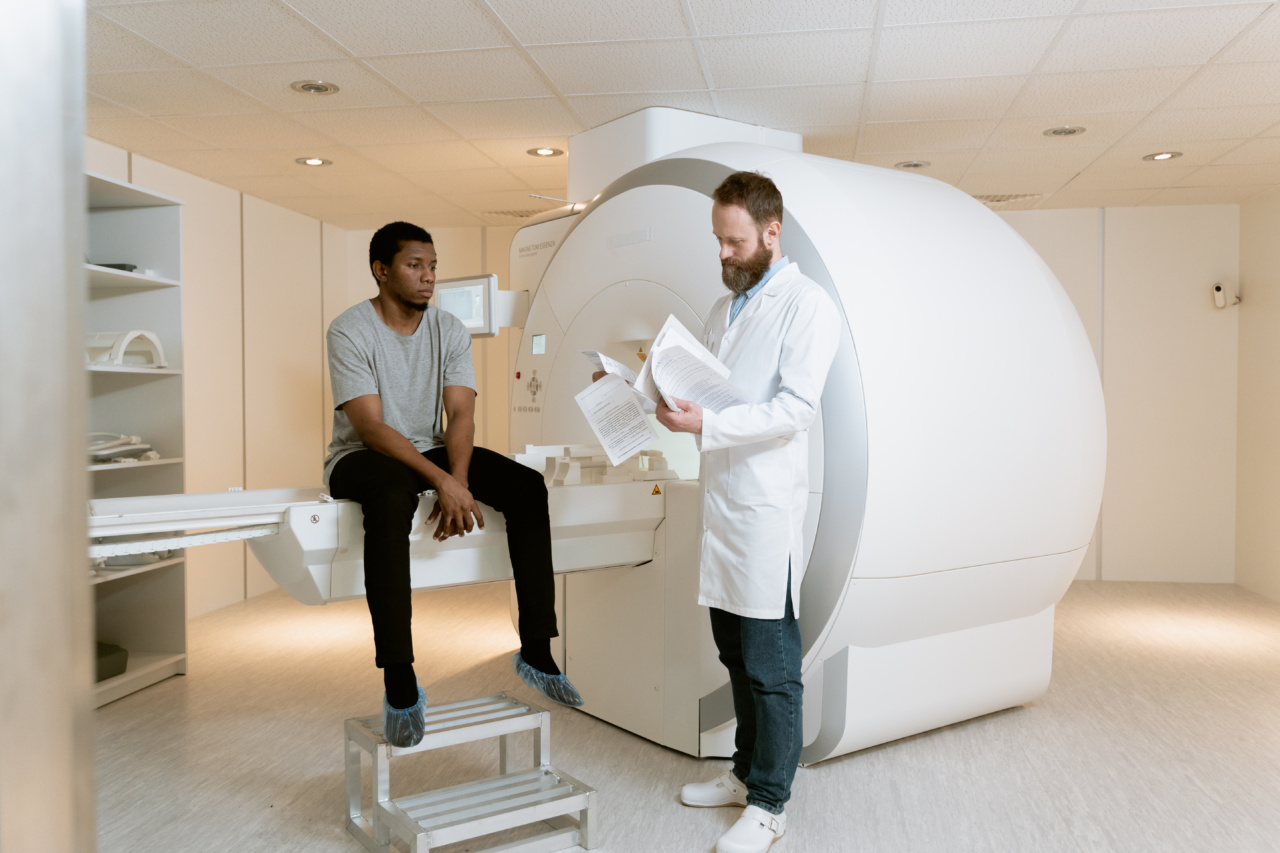Radiographs, also known as X-rays, are a commonly used diagnostic tool in various medical fields. They provide valuable information about a patient’s internal structures and help in diagnosing various conditions.
However, it is observed that some patients are more susceptible to radiation from radiographs than others. This susceptibility can be caused by several factors, including individual characteristics and medical conditions. In this article, we will discuss why some patients are more susceptible to radiation from radiographs.
Radiation Sensitivity
Every individual has a certain level of sensitivity to radiation. This sensitivity can vary depending on various factors such as age, genetics, gender, and overall health status.
Some individuals may have a higher sensitivity to radiation, making them more susceptible to its effects.
Age
Age plays a significant role in determining an individual’s susceptibility to radiation from radiographs. Children and infants have developing bodies, and their cells divide at a faster rate, making them more vulnerable to radiation.
Additionally, children have a longer life expectancy, which increases the chances of radiation-induced complications in the future.
On the other hand, elderly individuals may also be more susceptible to radiation. As the body ages, various organs and tissues become more fragile, making them more prone to radiation damage.
Genetics
Genetic factors can also contribute to an individual’s susceptibility to radiation. Some individuals may have inherited certain genetic mutations that make them more susceptible to the harmful effects of radiation.
These genetic mutations can affect the body’s ability to repair DNA damage caused by radiation exposure.
Genetic factors can also influence an individual’s capacity to detoxify and eliminate radiation from the body.
Some people may have genetic variations that affect their ability to metabolize and eliminate radiation, leading to higher radiation levels in their system.
Underlying Medical Conditions
Certain medical conditions and treatments can make individuals more susceptible to radiation from radiographs.
For example, individuals with compromised immune systems, such as those undergoing chemotherapy or radiation therapy for cancer, may have a reduced ability to repair radiation-induced damage. Patients with pre-existing conditions like cardiovascular disease or diabetes may also be more susceptible to radiation.
Furthermore, patients with a history of previous radiation exposure, either medically or occupationally, may have increased sensitivity to further radiation exposure. This can be due to cumulative radiation effects over time.
Pregnancy
Pregnant women are another group that requires special consideration when it comes to radiographs. The developing fetus is particularly sensitive to radiation, and exposure during pregnancy can have adverse effects on the baby’s development.
Radiographs are generally avoided during pregnancy unless they are absolutely necessary for the health of the mother or the unborn child. In such cases, the lowest possible radiation dose is used, and appropriate shielding techniques are employed to minimize the exposure to the developing fetus.
Radiation Protection Measures
To minimize the risks associated with radiation exposure, healthcare professionals follow various radiation protection measures. These include the use of lead aprons, shields, and collimators to protect sensitive body parts from unnecessary radiation.
Proper positioning and technique during radiography also play a crucial role in reducing radiation exposure.
Risk-Benefit Analysis
When it comes to radiographs, healthcare professionals must weigh the potential benefits against the risks of radiation exposure. In many cases, the diagnostic benefits of radiographs outweigh the potential risks.
However, for individuals who are more susceptible to radiation, alternative imaging techniques or lower-dose radiation options may be considered.
Educating Patients
It is vital to educate patients about the risks and benefits of radiographs. By understanding their own susceptibility to radiation and the measures taken to minimize exposure, patients can make more informed decisions about their healthcare.
Conclusion
Although radiographs are essential tools in diagnosis, it is crucial to recognize that some patients are more susceptible to radiation.
Factors such as age, genetics, underlying medical conditions, and pregnancy play significant roles in determining an individual’s susceptibility to radiation from radiographs. By implementing radiation protection measures and considering alternative imaging options when appropriate, healthcare professionals can minimize the risks associated with radiation exposure.




























